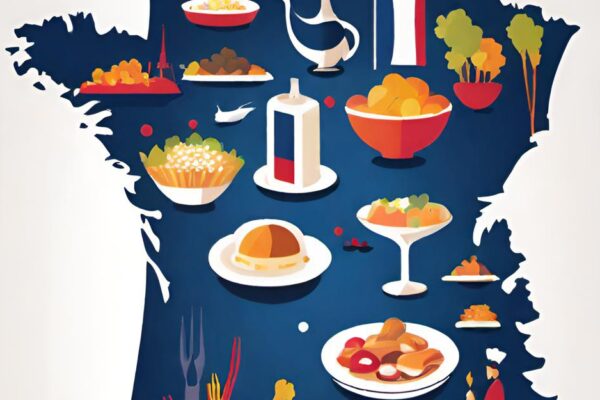A few years ago, Sandrine Rousseau, the famous French Member of Parliament (Greens) started yet another controversy by stating that:
We also have to change our mentality so that eating a steak cooked on a barbecue is no longer a symbol of virility1Original French “Il faut changer aussi de mentalité pour que manger une entrecôte cuite sur un barbecue ne soit plus un symbole de virilité
Sandrine Rousseau – 18/06/2022 at the Summer University of the Greens
Beyond the polemical framing of this statement, gender differences in eating behaviors are an interesting issue with important implications, particularly regarding their environmental impacts. Far from triggering a civil discussion, this sequence has unfortunately resulted in a media frenzy for a few days, with reactions ranging from pure denial to more-or-less supported claims based on politicized readings of sociological research (at best). I am saying at best because at least the French left-wing tried to appeal to somewhat sound arguments, while most right-wing politicians downplayed or ridiculed the entire topic. Even if one dislikes Sandrine Rousseau, it does not make everything that she says stupid or irrelevant. It is also not restricted to the French public discourse, as similar discussions have occurred in other countries, such as the USA or Sweden2See for instance this CNN article: https://edition.cnn.com/2021/07/21/europe/climate-carbon-gender-differences-study-scn-intl-scli/index.html
Now a lot of water has gone under the bridge, and the topic has been more or less forgotten. It is a shame because food consumption is indeed a major source of pollution (climate-related but not only) and it is helpful to understand the factors that underpin it. Hopefully, the climate (pun intended) these days may be more favorable to inform good-faith people about that. I have also been interested in the topic of environmental assessment and agriculture for a while, so this is an opportunity to dwell on both these aspects.

In this series of articles, I indeed want to explore the following questions:
- What are the environmental impacts of food consumption? How do they differ by gender?
- What drives these (likely) gender differences in impacts?
- How can one improve its own environmental impacts caused by food? (i.e., what is useful and easy to achieve, nice to do but entails a high effort, irrelevant, or even counterproductive)
I am tackling these questions not only by looking at the existing evidence (e.g., previous studies in the academic or grey literature) but also by providing entirely new and high-quality estimates. These estimates are based on a matching of representative data on the food consumption habits of French people (ANSES INCA 3 study) with estimates of the environmental impacts of food products (ADEME Agribalyse). As a result, the findings will be mostly applicable to the French context, but with a high likelihood of generalizability to other high-income countries (e.g., the EU, North America, Industrialized Asia…).
This series of articles is structured as following:
- Previous studies on food consumption by gender and their environmental impacts: what is the added value of this work?
- Overview of impacts by gender based on French data: results and interpretation
- Simulate your own environmental impacts based on your diet
Notes
- 1Original French “Il faut changer aussi de mentalité pour que manger une entrecôte cuite sur un barbecue ne soit plus un symbole de virilité
- 2See for instance this CNN article: https://edition.cnn.com/2021/07/21/europe/climate-carbon-gender-differences-study-scn-intl-scli/index.html



